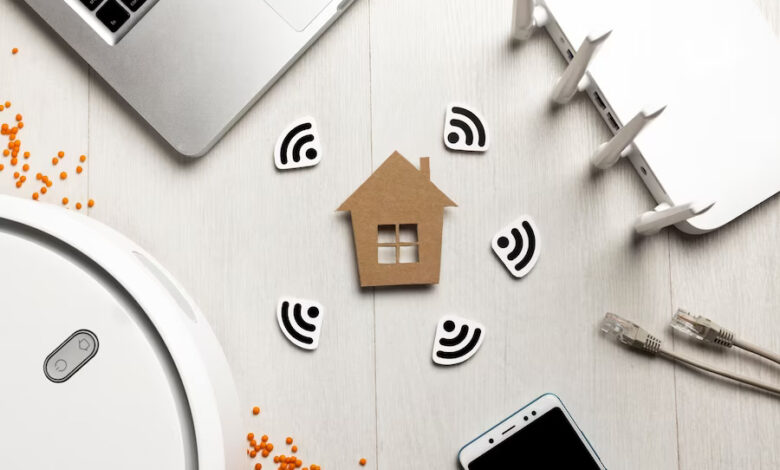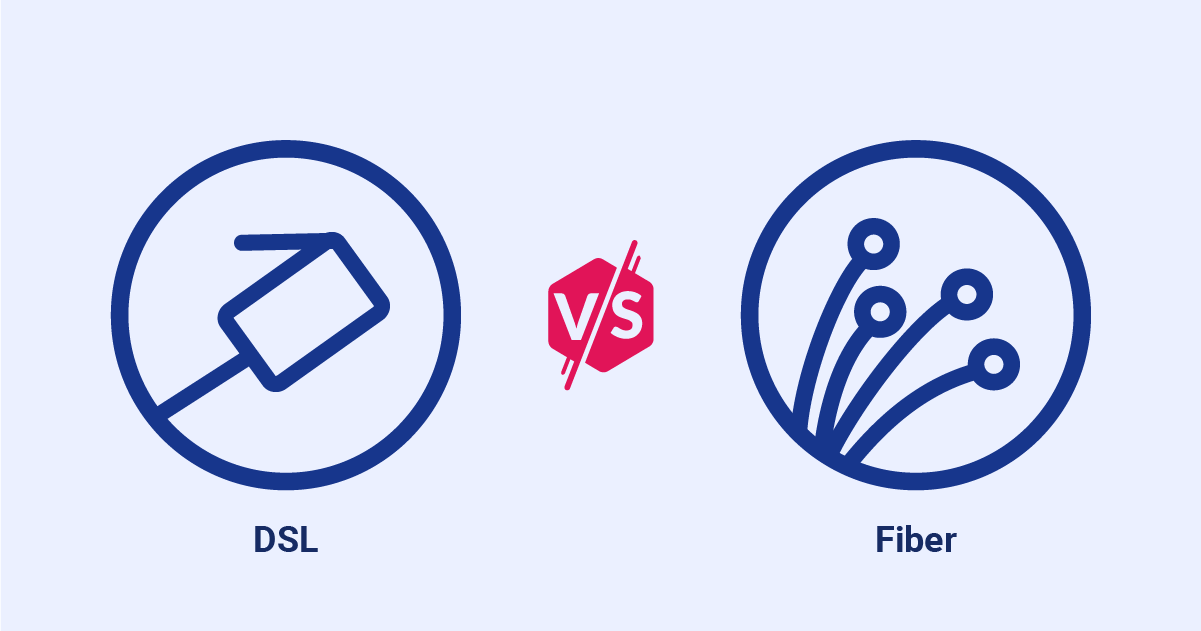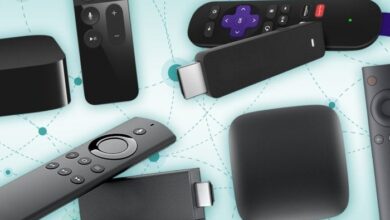From DSL to Fiber: What To Consider When Upgrading Your Internet

When it comes to internet connectivity, users have a variety of options, each with its own advantages and challenges. Whether you’re working from home, streaming your favorite shows, or connecting smart devices across your household, the choice between DSL (Digital Subscriber Line) and fiber-optic internet is significant. Keep reading to explore the ins and outs of these two popular types of internet service.
Understanding the Basics of DSL vs. Fiber Internet

Digital Subscriber Line, or DSL internet, utilizes existing copper telephone lines to deliver internet service. It is widely available and offers a stable connection that is often adequate for everyday usage, such as browsing and streaming at modest quality levels. However, DSL typically suffers from slower speeds compared to its fiber-optic counterpart, especially at peak usage times, when bandwidth can become a bottleneck.
On the other hand, fiber-optic internet represents the latest in broadband technologies. Fiber uses thin, transparent fibers that transmit data as light rather than electrical signals, allowing for much higher speeds and bandwidth capacities. This makes fiber internet more suitable for demanding tasks, such as high-definition video conferencing, seamless online gaming, and rapid large file downloads or uploads.
Despite its clear advantages in terms of performance, fiber internet is not as widely available as DSL. The infrastructure required to deliver fiber services is costly and time-consuming to install, especially in rural or less densely populated areas. Nevertheless, providers continue to expand their fiber networks, and options like DSL and fiber internet Minnesota are becoming more accessible.
Assessing Your Current Internet Needs and Future Proofing
Before deciding to upgrade your internet, it’s essential to evaluate your current internet use. Take stock of the online activities your household or business engages in. This could range from downloading large files to participating in video calls, streaming services, and online gaming. Such activities demand varying levels of bandwidth, and your current DSL service might be straining to keep up.
Furthermore, as more devices become internet-dependent, the need for higher bandwidth grows. Home automation systems, smart appliances, and multiple users can tax a DSL connection. Upgrading to fiber not only satisfies current demands but also future-proofs your connectivity.
Consider the long-term benefits of a fiber upgrade. With increased reliance on cloud services and remote work, having an internet connection that can handle such tasks with ease is increasingly important. Fiber’s superior speed and bandwidth can provide you with a level of service that not only meets your needs today but also accommodates the growing demands of tomorrow.
The Impact of Internet Speed on Daily Activities and Productivity

Speed is the lifeblood of modern internet usage, impacting everything from daily entertainment to professional productivity. Slow internet speeds can lead to buffering during video streams, lag in online gaming, and delays in file transfers. These interruptions are not just inconvenient; they can significantly affect your quality of life or the bottom line of your business.
On the productivity front, businesses may find DSL speeds restricting, particularly with the increased load of data transfer and cloud computing. Slow speeds can mean wasted time, and in the world of business, time is money. Employees waiting on sluggish connections can result in lost productivity and, in turn, decreased profitability.
Homes are becoming more like offices, with telecommuting and online education becoming the norm. Fast and reliable internet connectivity is thus a critical utility for facilitating effective work-from-home environments and ensuring continuous access to online learning resources. Here, fiber internet provides the necessary bandwidth and stability.
Comparing Costs and Contracts: Fiber vs. DSL Internet Providers

Financial considerations are inevitable when choosing between DSL and fiber internet. Generally, DSL is the more budget-friendly option, given its lower installation and operational costs. On the contrary, fiber, while usually more expensive, provides significantly better performance and is viewed as a long-term investment in your connectivity.
When comparing costs, it’s important to consider not just the monthly rate but also the contract terms. Some fiber providers may require longer-term commitments, but they may also lock in rates or offer bundled services. Understanding the full scope of what each provider offers can help you make a cost-effective decision that doesn’t sacrifice performance for price.
In some cases, the price difference between DSL and fiber services is marginal, especially when promotional plans come into play. Potential savings on bundled packages with phone and TV services, or perks such as waived installation fees, can make fiber an attractive option without a significant increase in your monthly expenses.
Overall, transitioning from DSL to fiber internet involves a careful consideration of your current and future internet needs, the impact of internet speed on day-to-day life, and the potential costs of such an upgrade.
